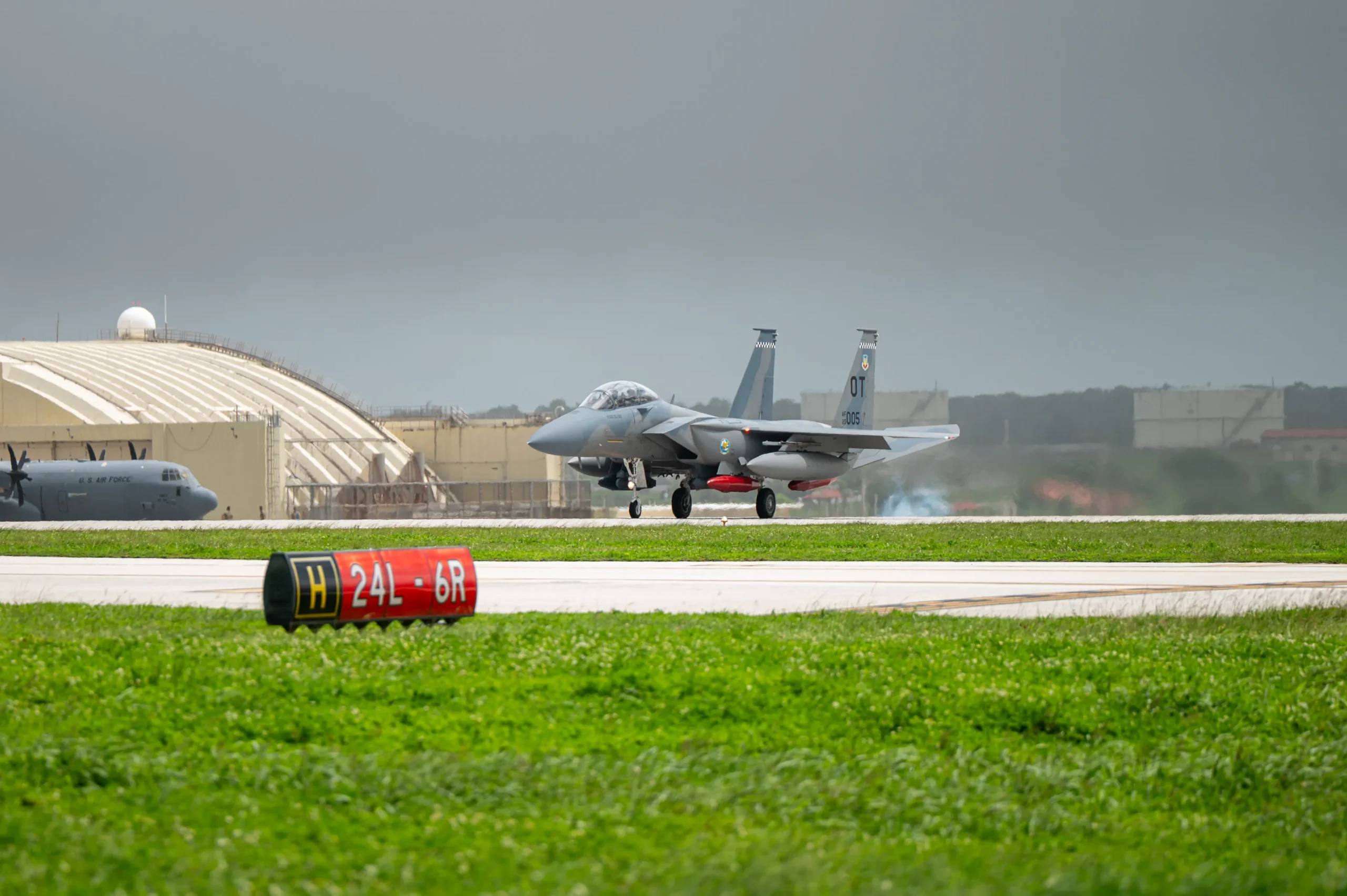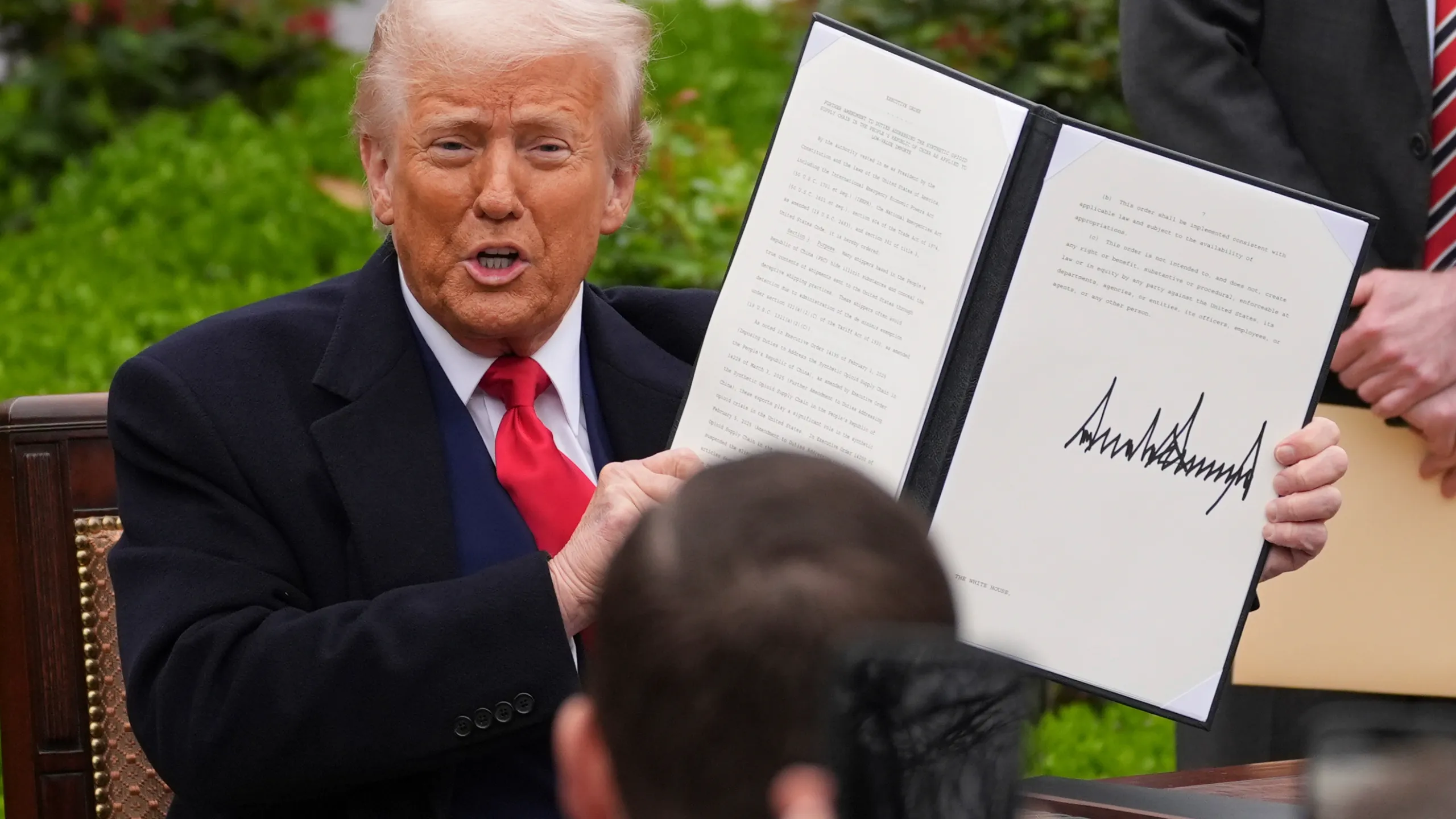
Strategic Significance of the Deployment
The recent movement of F-15EX fighter jets from the United States to Japan marks a pivotal moment in the evolving security landscape of the Indo-Pacific region. This strategic deployment, part of a broader initiative to bolster regional defense capabilities, is aimed at ensuring that Japan remains well-equipped to address contemporary security challenges.
The F-15EX, considered a cutting-edge multirole fighter, brings advanced technology, superior maneuverability, and enhanced combat readiness that are critical in deterring potential threats. As regional tensions escalate, particularly with concerns related to North Korea and China’s expanding military influence, the US aims to fortify Japan’s air defense posture with these state-of-the-art aircraft.
Details of the Deployment Plan and Timeline
The deployment process has been underway since early 2024, with a specific strategic timeline targeting the eventual active deployment by 2026. According to recent reports from Janes, the process involves meticulous planning, logistics coordination, and aerial operational readiness checks to seamlessly integrate the F-15EX into Japan’s existing defense framework.
This strategic move points toward a future where joint military exercises, technology sharing, and rapid deployment capabilities will play crucial roles in regional stability.
Technological Advancements and Capabilities of the F-15EX
The F-15EX stands at the forefront of fighter jet technology, offering several advantages that will significantly enhance Japan’s air combat capabilities:
- Enhanced Payload Capacity: Capable of carrying a larger array of weapons and advanced missile systems, making it versatile in various combat scenarios.
- Superior Avionics: Equipped with modern radar and electronic warfare systems, improving survivability and target detection.
- Faster Deployment and Upgrades: Designed for rapid maintenance and system upgrades, ensuring operational readiness at all times.
- Extended Range: Increased fuel capacity allows for longer missions over the vast Pacific region, critical for regional security operations.
With these technological features, the F-15EX is not just an upgrade but a strategic leap forward for Japan’s air force, fortifying its defenses and providing a robust platform for future combat advancements.
Implications for Regional Security and US-Japan Alliances
The presence of F-15EX jets in Japan is also a testament to the deepening military alliance between the United States and Japan. This deployment serves multiple strategic purposes:
- Deterrence Enhancement: Demonstrating US commitment to Japan’s security, discouraging potential aggressors from contemplating hostile actions.
- Strengthening Deterrence: Creating a credible threat with advanced capabilities that can respond swiftly to various contingencies.
- Operational Integration: Facilitating joint exercises and operational interoperability, which are crucial for coordinated response strategies.
This move also signals to China and North Korea that the US maintains a strong behind-the-scenes military presence in the region, ready to support Japan’s security policy and regional stability initiatives.
Challenges and Future Outlook
Despite the strategic advantages, deploying advanced aircraft like the F-15EX involves several challenges:
- Logistical complexities: Coordinating the transportation, maintenance, and integration of new aircraft into existing bases requires significant planning.
- Operational training: Pilots and support staff need specialized training to operate the new systems effectively.
- Geopolitical tensions: The deployment does not occur in isolation but is part of a broader geopolitical landscape that could influence regional diplomacy.
Looking ahead, the deployment of F-15EX jets to Japan by 2026 is likely to be followed by further technological upgrades and expanded military collaborations between the US and its regional allies. As tensions in the Indo-Pacific region evolve, these developments aim to promote stability, deterrence, and a balanced security environment.
Conclusion
The United States’ strategic move to send F-15EX jets to Japan exemplifies a deliberate effort to reinforce regional security architecture amid growing geopolitical uncertainties. By equipping Japan with cutting-edge fighter aircraft, the US not only enhances Japan’s immediate defensive capabilities but also signals a long-term commitment to maintaining peace and stability in the Indo-Pacific region.
As the deployment timeline approaches, observers and analysts will be closely watching how this development influences regional military dynamics and diplomacy.
For more updated news please keep visiting Prime News World.








